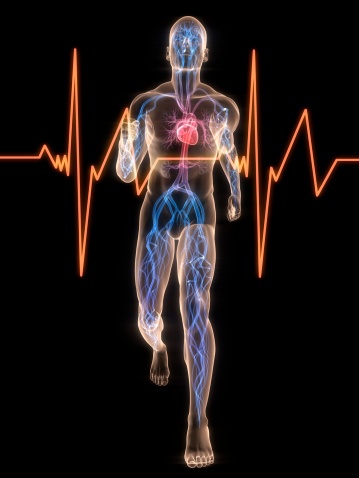Last time in Part 2 of our discussion, we addressed the paradigm shift in the treatment of arterial vascular disorders beginning in the 90’s and characterized by new catheter techniques that were potentially safer and more efficacious then the older modalities [See past articles for definition of catheter techniques].
The 90’s also marked the beginning of the end of the mainstay of surgery on the venous system—venous ligation and stripping of the Great Saphenous Vein [GSV] and Small Saphenous Vein [SSV]. Patients suffering from significant varicosities, pain, swelling, itching, heaviness, fatigue and ulceration in the lower extremities would have this done in an attempt to rid themselves of these afflictions. Sometimes the cure was worse than the disease.
The Great Saphenous Vein (GSV) – Issues
The GSV is the largest vein in superficial venous system and is the longest vein in the body. It extends from a person’s groin, where it joins the deep venous system, to the ankle. This is the vein that causes the majority of the venous problems that plague over 80 million Americans. We have recognized for some time that when this vein is doing the patient more harm than good, it is best removed.
Removal of the GSV Through Ligation and Stripping
In ligation and stripping, the surgeon exposes the junction of the [GSV] with the deep venous system Common Femoral Vein [CFV] in the groin. The GSV is ligated at this point and then its attachment to the CFV is severed.
Another incision is made in the upper leg or the ankle on the medial aspect of the extremity over the course of this same vein. Once exposed here the vein is opened and a metal “stripper” is passed blindly upwards until it comes into view where the vein was transected. The transected GSV is then tied to the stripper and the stripper is pulled downward, turning the vein inside out and literally tearing it out of the body.
This can be a very bloody, painful, temporarily incapacitating [for about 3 weeks] procedure that often misses a large part of the offending pathology. Recent studies have shown a 5 year recurrence rate of 50-65% with this procedure. It has, for the most part, been abandoned by modern day venous practitioners.
New and Improved Techniques for Treating Vein Diseases
The new techniques in treating vein disease are really slick. Appropriate, detailed ultrasound mapping can delineate the diseased segments from the normal veins. Using catheter techniques the venous system is entered with the help of the ultrasound. No incisions are made.
A laser fiber is placed in the diseased segment of vein at the highest point of reflux and the laser heat closes the offending vein. Normal segments are spared. Pain and swelling are minimal if at all. Work days lost are 0-2, compared to about 3 weeks with ligation and stripping. The patient can walk around immediately after the procedure; in fact, this is encouraged to avoid clot formation. Blood transfusion is not needed. Blood loss is minimal to essentially none.
Become an Informed Patient About Catheter Techniques
The “new” techniques of treatment in both arterial and venous disease have in many instances supplanted the routine open surgical procedures for many conditions. It is recommended that patients seek out trained Vascular Surgeons when the specter of an open operation is on the horizon. If the use of catheter techniques is not brought up by the physician, the informed patient should ask questions regarding these new modalities to make sure that these potentially safer, more efficacious, and less painful solutions are not appropriate for treatment of their condition.
Next week we will conclude this series by discussing the new techniques for treatment of blood clots in the venous system.
Dr. Robert Ruess, of Five Star Vein Institute, is a leader in the field of the diagnosis and treatment of venous diseases. Visit www.fivestarvein.com to schedule your free consultation and learn more about your vascular health.


